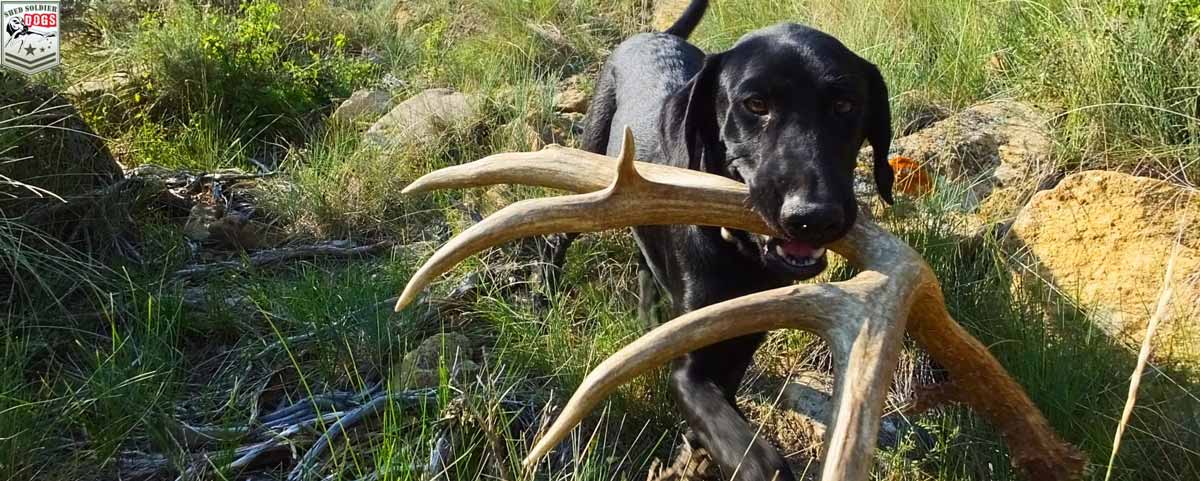Shed hunters know that after the winter solstice, when testosterone is at its low ebb in cervids and days are inching incrementally longer, every member of North America’s deer family is preparing to cast its antlers. This cyclical replacement is unique in the animal kingdom, and the exact timing of antler shedding is, well, complicated.
The antler cycle hinges on endocrine and neural control, as well as the size, age and health of the animal. What that means is antlers hit the ground from November to April, and there’s a ton of variability both between regions and individuals. Moose are the first to drop the weight. They cast their antlers, which can weigh 40 pounds apiece, between late November and late December. Mule and white-tailed deer start dropping their antlers in mid-December, but some don’t shed until early April. Elk shed last, between January and April, though the great majority lose their racks in March.
On rare occasions, bulls carry full racks up to six months later than average or don’t shed their antlers at all, usually a side effect from injury or irregular hormone levels. Injury to growing antlers encased in velvet can cause reccurring antler deformities for life. Because of this, bull elk develop an uncanny ability to thread their velvet racks through thick cover, even at a gallop. Body trauma also causes deformities. In an odd phenomenon called systematic influence, such injuries often translate to antler anomalies on the
opposite side of the body.
Strange antler anomalies occur in other species, too. A “cactus buck” is an older deer with low testosterone levels that doesn’t shed his antlers at all. A new set will often attempt to grow on top of the old, resembling a cactus. And “rubber antlers,” made of more cartilage than bone, rarely lose their velvet and can bend like rubber when wet.
Whether you’re out searching for perfect symmetry or a one-of-a-kind nontypical, the key to shed hunting is to know your quarry. The more in tune you are with the antler cycle of your local herd and their preferred range from late February through early April, the better your chances of finding a trophy.
